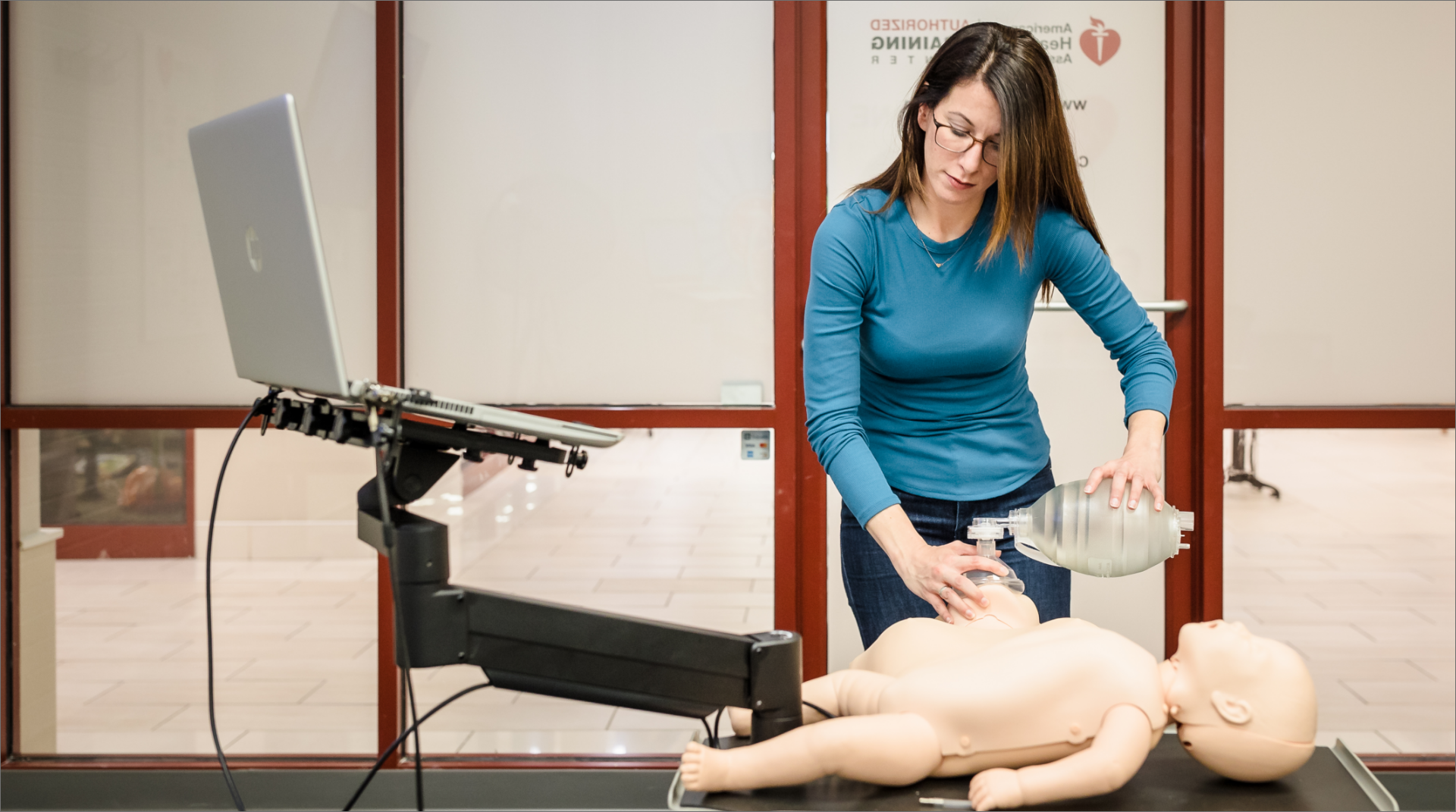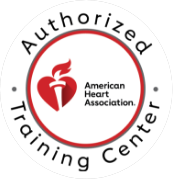

CPR Resource Center
The most comprehensive library of emergency training resources — including videos, articles, downloads, and more.


The most comprehensive library of emergency training resources — including videos, articles, downloads, and more.
The AHA is campaigning for all workplaces to implement a First Aid, CPR, and AED training program, along with public access to AEDs. According to the AHA, 50% of American employees are unable to locate the AED in their own work space. With 10,000 cardiac arrests in workplaces each year, it is worth changing that 50 to 100%.
There are 9 steps recommended by the AHA for implementing an AED program. They are as follows:
The AHA’s list and further descriptions of these tasks can be found here.
Help Me Find a Course